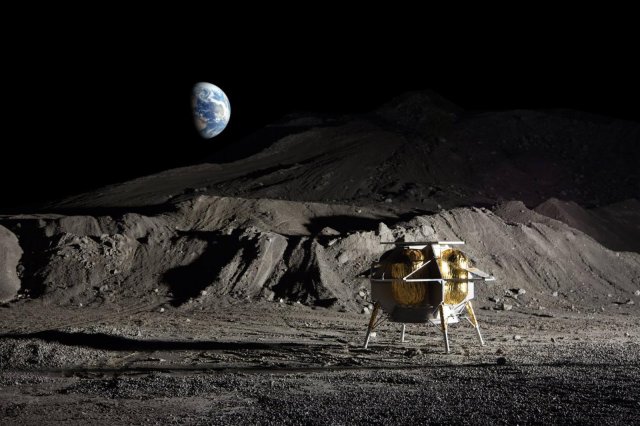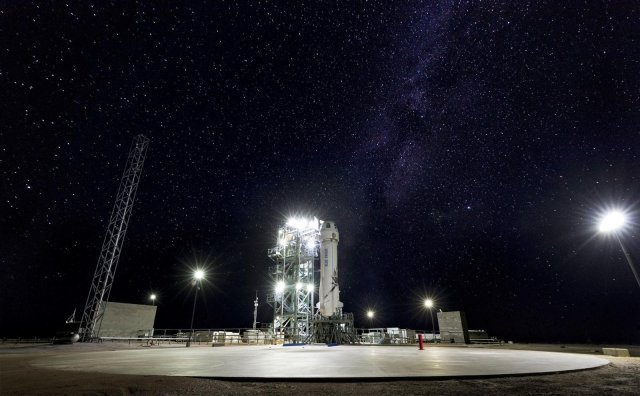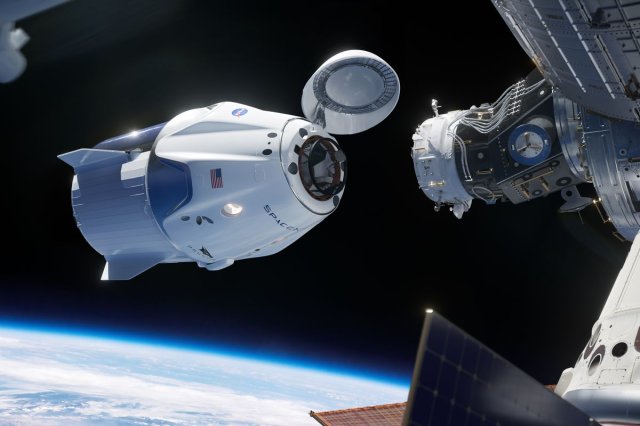Blue Origin And SpaceX Win The Largest Awards Of NASA’s “Tipping Point”
Sundar Pichai - Oct 08, 2019

Jeff Bezos-owned Blue Origin and Elon Musk’s SpaceX respectively received $10 million and $3 million from NASA.
- SpaceX’s Starship Explosion: A Part Of Musk's Master Plan?
- Elon Musk Is Curing Blindness With Neuralink Blindsight!
- Elon Musk’s Optimus Robot: Will It Steal Your Job or Be Your Robot Wife by 2030?
As NASA is making attempts to facilitate the exploration plan, the agency has awarded more than $40 million to 14 American companies who will help bring its technologies to market. Jeff Bezos-owned Blue Origin and Elon Musk’s SpaceX received the largest bounties with $10 million and $3 million, respectively.

The “Tipping Point” contract series, of which Blue Origin and SpaceX are parts, address a variety of technology areas ranging from cryogenic propellant production to advanced avionics. With these contracts, NASA aims to reinforce its current Moon to Mars exploration approach, landing astronauts on the Moon by 2024.

As said, the series’ biggest award worth $10 million went to Blue Origin, the privately funded aerospace company under the control of Jeff Bezos. The manufacturer has given a ground demonstration of technology liquefying and storing oxygen and hydrogen. Such initiative eventually enables the large-scale production of rocket and spacecraft propellant on the Moon, according to NASA. In particular, the machine converts water ice into liquid oxygen, as well as hydrogen used to sustain lunar landers.

SpaceX, in the meantime, develops certain coupler prototypes (also called nozzles) to refuel spacecraft like its Starship vehicle. The company has received a $3 million investment from NASA and will join with the agency’s Marshall Space Flight Center in this scheme. NASA expected such a tool for large-scale in-space propellant transfer could assist its efforts to sustainably explore the Moon and Mars.

Besides SpaceX, there’re three other firms working on satellite propulsion technologies. Accion Systems is developing icon electrospray thrusters which will then be placed on NASA’s MarCO CubeSats, requiring less power and mass. CU Aerospace introduces two propulsion systems for a CubeSat flight, while ExoTerra Resource is making a solar-powered propulsion system with a high-impulse current.
Featured Stories

Features - Jul 01, 2025
What Are The Fastest Passenger Vehicles Ever Created?

Features - Jun 25, 2025
Japan Hydrogen Breakthrough: Scientists Crack the Clean Energy Code with...

ICT News - Jun 25, 2025
AI Intimidation Tactics: CEOs Turn Flawed Technology Into Employee Fear Machine

Review - Jun 25, 2025
Windows 11 Problems: Is Microsoft's "Best" OS Actually Getting Worse?

Features - Jun 22, 2025
Telegram Founder Pavel Durov Plans to Split $14 Billion Fortune Among 106 Children

ICT News - Jun 22, 2025
Neuralink Telepathy Chip Enables Quadriplegic Rob Greiner to Control Games with...

Features - Jun 21, 2025
This Over $100 Bottle Has Nothing But Fresh Air Inside

Features - Jun 18, 2025
Best Mobile VPN Apps for Gaming 2025: Complete Guide

Features - Jun 18, 2025
A Math Formula Tells Us How Long Everything Will Live

Features - Jun 16, 2025

Comments
Sort by Newest | Popular